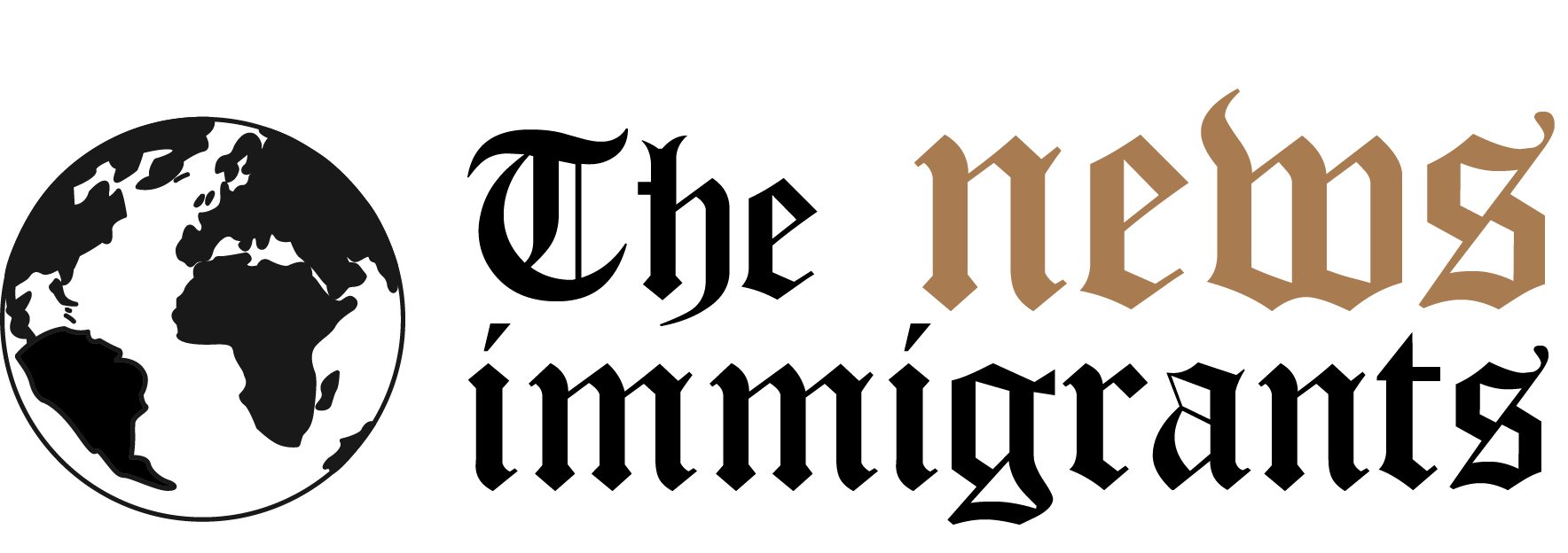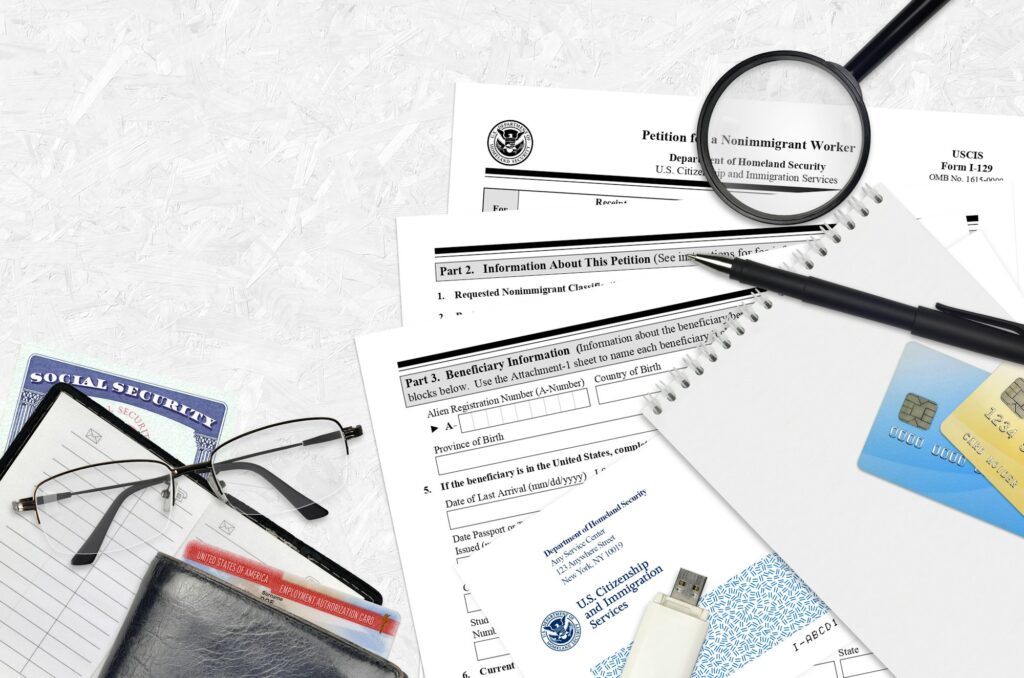Key Takeaways:
The USCIS has updated its guidance on the International Entrepreneur Rule, introducing clarifications on investment thresholds and biometrics arrangements. Effective October 1, 2024, updated requirements ensure streamlined processes for immigrant entrepreneurs seeking to establish businesses in the U.S.
With an update from the USCIS on the International Entrepreneur rule, a key pathway for immigrant entrepreneurs to innovate and build business within our borders, the landscape for immigrant entrepreneurs in the United States has just changed. We realise that this rule is intended to lure global talent and investment to further forward American entrepreneurship through economic growth and job creation. The October 10, 2024, updates are important because they demystify the yearly rises in necessary investment and revenue thresholds applicants must meet as they enter this exciting programme.
The U.S. government legislation passed in July 2024 enacts a fiscal responsibility that automatically increases investment and revenue amounts and this should put them in a good shape on the global marketplace. Couldn’t we be attracting talent to fill vacancies when it’s really about creating a dynamic economy that can shift with the changes in technology and industry? The revisions set the tone: among which, applicants must specifically prepare for revised minimum investment and revenue requirements, which come into effect from 1st October 2024.
But effective coordination between the USCIS and the U.S. Department of State just doesn’t ditch entrepreneurs. It is of special importance for conditionally approved applicants who are not in the U.S. This harmonisation between the agencies is planned to allow for a smoother transition for many of these international entrepreneurs, who rely on reliable biometrics appointments to make their transitions successful. For the entrepreneurs looking to that finalise their parole paperwork at a U.S. embassy or consulate, this streamlining becomes a lifeline – anchoring their dreams in access and opportunity.
These enhancements cannot be understated for decision makers or policymakers. The thinking behind the International Entrepreneur Rule draws on a humanistic vision of immigration: as a generator of progress, a distributor of innovation and a record of resilience. As such, each is also a data entry point and local vision that also underpins local economies and communities, while building a storey of success—or, worse, struggle.
So far, the most recent guidance stands apart in the murky language of immigration policy, contrasted with the strong emphasis on economic advancement. These policy updates don’t have to instil fear but openness and eagerness; an invitation to those prepared to use their creative power and energies to build the American dream. Starting up tickets aren’t given easily but there’s a good chance an investment at the right time will open it up to the next big thing.
While we wait for the metrics and specifics outlined or after October 1st, perhaps it should be seen as a moment of welcome flexibility and change, strong pillars upon which new chapters of entrepreneurship are forged and achievements written. The entrepreneurs of the world are being called and they’re being called now, perhaps in the Americas.










